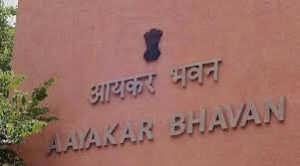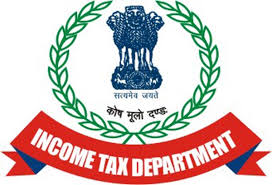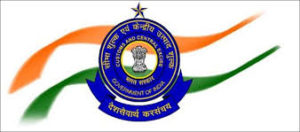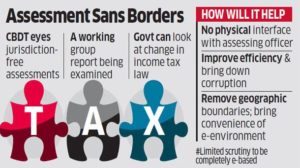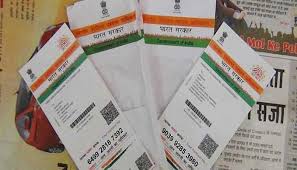 In a last minute decision, the government on Monday extended the deadline for filing Income Tax Returns (ITRs) and linking Aadhaar with the Permanent Account Number (PAN) of taxpayers.
In a last minute decision, the government on Monday extended the deadline for filing Income Tax Returns (ITRs) and linking Aadhaar with the Permanent Account Number (PAN) of taxpayers.
While ITRs can now be filed by August 5, the Aadhaar-PAN linking can be done till 31 August.
The government had made mandatory the linking of the two databases for filing ITRs from 1 July, this year.
The Central Board of Direct Taxes (CBDT) issued a statement saying the dates have been extended on receipt of complaints from “some taxpayers” that they were unable to log on to the e-filing website of the Income Tax department.
There were also complaints that the assessees were unable to link Aadhaar with PAN because their names were mentioned differently in the database relating to the two documents, the CBDT, the policy making body of the IT department, said.
A senior tax department official said the decision was taken after a meeting of senior officers of the revenue department and CBDT was held in the finance ministry today to “ease out the panic situation”.
“For the purpose of e-filing return, it would be sufficient as of now to quote Aadhaar or acknowledgement number for having applied for Aadhaar in the e-filing website.
“The actual linking of PAN with Aadhaar can be done subsequently, but any time before August 31, 2017,” the CBDT said.
It, however, cautioned that the returns (ITRs) will not be processed “until the linkage of Aadhaar with PAN is done.”
“In order to facilitate the e-filing of return, it is also decided to give extension of five days for e-filing of return. The return can be filed upto August 5,” it said.
The department, till Sunday, had maintained that no extension would be given as already over 2 crore returns have been received and no major glitches on the e-filing portal-http://incometaxindiaefiling.gov.in/– had been detected.
“While technical snags have been removed already, the main reason for failure of people to log in (the efiling portal) is because of last minute rush and panic in which those who have already logged in want to continue for the entire period for fear of losing it,” it said.
The official twitter handle of the I-T department said the move to enhance the time limit for filing ITRs beyond today was made “in view of difficulties faced by taxpayers.”
The department, this time, has also asked taxpayers to declare cash deposits made in bank accounts aggregating Rs 2 lakh or more, post demonetisation between November 9-December 30 last year, in the ITRs.
The ITRs to be filed by 31 July pertain to 2016-17 fiscal or assessment year 2017-18.
Source: FirstPost
